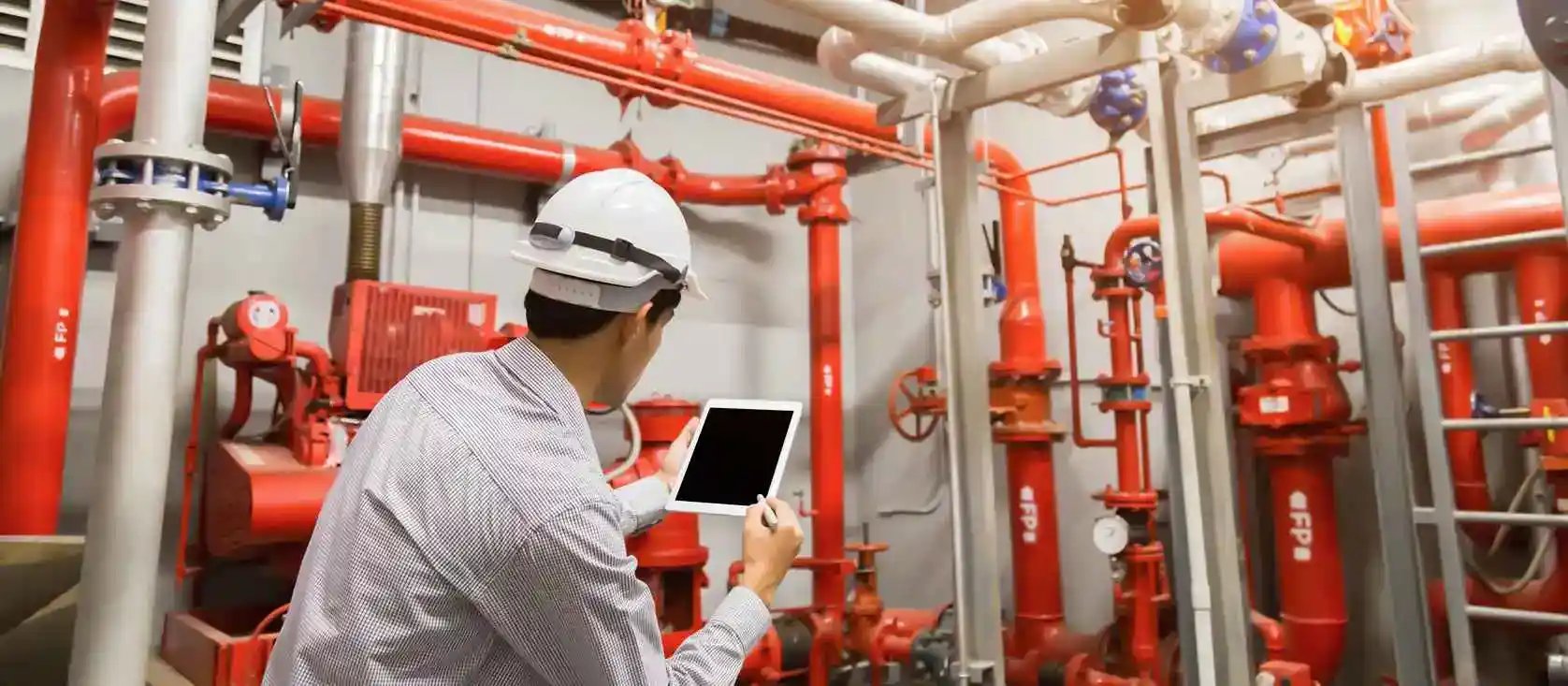5 Fire Protection Challenges and Solutions in High-Rise Buildings

Managing a high-rise building goes beyond basic upkeep; it involves ensuring all systems, including fire protection, run smoothly. Fire safety in high-rise buildings is paramount due to the unique challenges posed by their height and complex structure. Optimizing fire protection systems during the design phase is ideal, but continuous vigilance and upgrades are essential for maintaining safety standards.
In this article, we'll explore five common fire protection challenges in high-rise buildings and provide practical solutions to address them.
What is a High-Rise Building?
A high-rise building is typically defined as any structure with a height that can impact fire and life safety issues, generally exceeding 75 feet. These buildings require specialized fire protection systems and strategies to ensure the safety of occupants and property.
Fire Protection Challenges and Solutions in High-Rise Buildings
1. Fire Sprinkler and Standpipe Systems
Challenge:
Effective fire suppression systems are crucial in high-rise buildings. Challenges include correct placement and maintenance of fire protection shafts and standpipes.
Solution:
Using specialized sprinkler systems and advanced fire detection and alarm systems can significantly enhance fire suppression efforts. Begin planning for fire protection systems at the earliest stages of the design process. Choose shaft locations that are easily accessible for firefighters and maintenance personnel to ensure quick response times and effective maintenance.
According to NFPA, it is mentioned that all high-rise buildings are required to be protected throughout by a Class I standpipe system.
2. Fire Alarm Systems
Challenge:
Smoke control is a critical challenge in high-rise buildings. Frequent false alarms can lead to unnecessary evacuations, disruptions, and diminished public trust.
Solution:
Implement advanced smoke control systems that can accurately detect and manage smoke without triggering false alarms. Employ technologies like smoke detectors with advanced algorithms, heat detectors, and flame sensors to improve the accuracy and reliability of your fire alarm system.
According to NFPA, the death rate per 1,000 home structure fires is approximately 60 percent lower in homes with working smoke alarms than in homes with no alarms or none that operated.
3. Fire Water Distribution/Service
Challenge:
Supplying adequate water pressure and volume for fire suppression at high elevations can be difficult due to gravity and pressure losses. Ensuring the fire water supply reaches the remotest locations in the building is another challenge.
Solution:
Utilize pressure-boosting pumps and tanks at various levels to maintain adequate water pressure throughout the building. Design a multi-zone network and install tanks or pumps at various levels to ensure consistent water pressure. Additionally, contact local building departments to request a city fire water connection if the existing system does not comply with NFPA 13 standards.
4. Fire Sprinkler Installation
Challenge:
Structural elements like beams, walls, and soffits can obstruct sprinkler installation, compromising their effectiveness.
Solution:
Place sprinkler locations in compliance with obstruction rules, as per NFPA 13. Ensure that sprinklers are positioned to avoid obstructions and provide uniform coverage. Regular inspections can help identify and rectify any potential obstructions that may arise over time.
5. Fire Safety and Risk Assessment
Challenge:
Evacuating a large number of people from a high-rise building can be time-consuming and dangerous. High-rise buildings often have complex layouts and multiple systems that need to be integrated into the fire protection design.
Solution:
Design clear and well-marked emergency escape routes, including stairwells and fire escapes. Develop comprehensive emergency response plans that outline evacuation procedures, communication protocols, and coordination with local authorities. Conduct regular fire drills to ensure that occupants are familiar with evacuation routes and procedures.
Conclusion
Fire protection systems in high-rise buildings must be properly designed, installed, and maintained to ensure the safety of occupants and property. Ensuring a reliable water supply with high pressure and continuous availability is crucial. Adhering to safety standards and routine testing protocols can prevent potential issues and enhance the effectiveness of fire protection systems. Consult an expert MEP Engineer from NY Engineers to optimize your system for maximum efficiency, safety, and sustainability.
Ensuring the safety of high-rise buildings is a complex but manageable task when approached with careful planning and the right strategies. By addressing these common challenges with effective solutions, building managers, fire safety experts, and architects can create safer environments for all occupants.

Ankit Javeri
Ankit is the Project Manager at NY Engineers, who holds an M.Tech. Some of his projects includes Community Access, Jackson Avenue
Join 15,000+ Fellow Architects and Contractors
Get expert engineering tips straight to your inbox. Subscribe to the NY Engineers Blog below.


